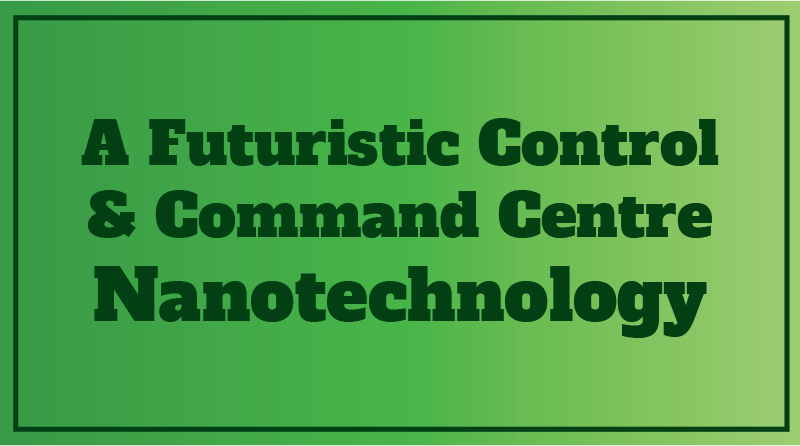Today we are going to talk about nanotechnology. When we say something is nano, we are referring to its size. The size of one nanometre is one-billionth of a metre. Which is about one hundred thousand times smaller than the width of a human hair. Nanotechnology is the process of creating new things on such a small scale, and it is one of the most exciting and fast-moving areas of science today. Some Nanomaterials are found in nature; they can be found in volcanic ash, ocean spray, fine sand, and dust. Naturally-occurring Nanostructures are also present in plants and animals for example Nanostructures in insect eyes institute an anti-reflection and water-repelling effect so they can fly safely.
Nowadays scientists can create Nanostructures themselves, by rearranging the atoms of an object they can make new Nanomaterial with new properties. For example, there are stronger, lighter or different colours. The magic of technology is that properties change according to their size. In the food area researchers are working with Nanotechnologies to create novel products that may be beneficial to health and diet. Nano-silver, for example, has antibacterial properties and can be used in materials that come into contact with food, such as cutting boards. Nanosized carriers in food supplements improve nutrient absorption. Nano-sensors can be embedded in packaging to track the quality and shelf life of food as it travels from the manufacturer to the consumer. It can also make food ingredients tastier and healthier. Carving a grain of salt into small nanosized grain increases its surface area significantly. This means that your food needs less salt to be quality testy. This is great news for cracker lovers who are concerned about their blood pressure. We must ensure that food Nanotechnology does not endanger consumers. This is why engineered nanomaterial in food requires safety assessment.
– Physico-chemical characterization
– Hazards identification
– Hazard characterization
– Exposure assessment
– Risk characterization
There are specific properties that need to be taken into account when assigning impact on human health and the environment. Nanotechnology will have an impact on all of our lives in the coming years. Like many scientific advances, it brings uncertain and potential risks. Scientists, businesses, and governments must work together to make it happen.
Quite Recent:
The idea of printing three-dimensional objects at first seems futuristic. 3D printing began as a novelty, but it has since evolved into a game-changing technology with applications ranging from machine components to printing organs. However, a major issue for 3D printing is the low strength and brittleness of the resulting structure. A group of researchers in the United States is tackling this problem by using magnetics to reinforce 3D printed structures on the nanoscale, allowing them to align and control printed particles in various orientations. This not only makes structures more stable it also offers the ability to vary property across reason within a single material, for example having one part bendy and the other stiff. The researchers are currently looking for external partners to develop their technology for applications in biomedical engineering.



